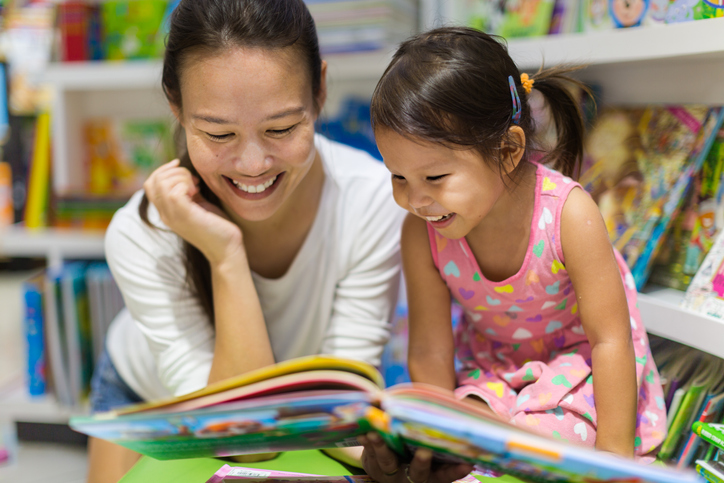
Study shows that babies learn language best from speakers who sound like their
caregivers. Language development in bilingual children remains a contested and enigmatic phenomenon, and oftentimes it’s hard to distinguish myth from fact. A study published in the International Journal of Behavioral Development not only sheds important light on how babies raised bilingual acquire language but may also explain why studies on bilinguals sometimes contradict each other.
Apparently, bilingual children learn best from bilingual adults and monolingual children learn best from monolingual adults. Essentially, children learn best in the linguistic environments that best mirror their homes.
The study “You sound like Mommy: Bilingual and monolingual infants learn words
best from speakers typical of their language environments” by Christopher Fennell and
Krista Byers-Heinlein took groups of monolingual English and bilingual French-English 17-
month-olds and tested their abilities to learn new words. The researchers grouped some monolingual babies with monolingual speakers, and some bilingual babies with bilingual
speakers and then also had groups of monolingual babies with bilingual speakers and bilingual babies with monolingual speakers.
Using a minimal pair test, because distinguishing phonemes is challenging as babies develop language, the researchers assessed the babies’ abilities to learn new words. The result was that the monolingual babies could not learn from bilingual adults and bilingual babies usually couldn’t learn from monolingual adults. The study shows that it isn’t only the language spoken at home that matters, but who the other speakers at home are. For example, bilingual babies of a parent who was raised monolingual but acquired another language to become bilingual could learn from the monolingual speaker. The study explained that bilingual speakers have an accent in both languages that they speak which is not detectable among adults but detectable to a child acquiring language.
Ultimately, children learn language best from the speakers who “sound like Mommy,” while all the participating infants had difficulty processing minimal pair words when listening to speakers whose language did not match their home language-learning environments. Neither monolingual nor bilingual babies had an advantage.
The findings present interesting implications for researchers who study infants and language acquisition: if the speakers in a study don’t sound like the caregivers in the baby’s home environment, the results may differ from scenarios in which the speakers do have the same accent as the caregivers. All babies, whether monolingual or multilingual, are highly attuned to their home language environments.
Previously published in September 2014 print edition.







